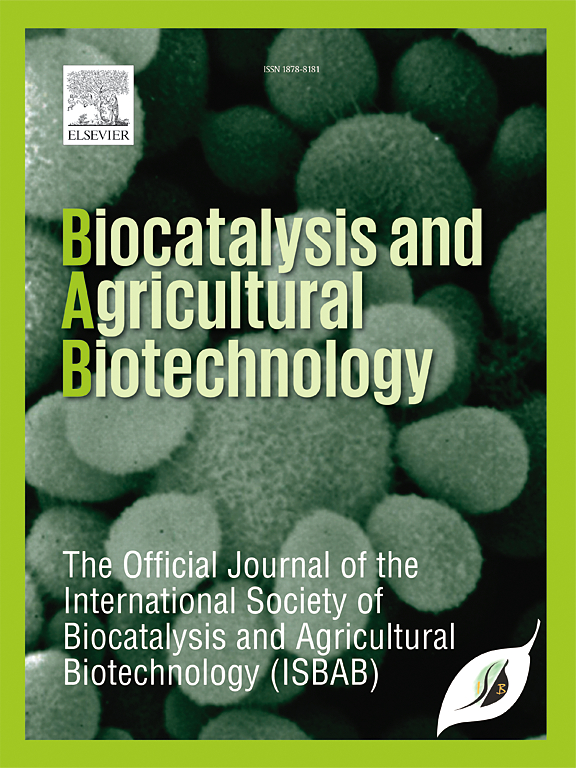Biofertilizers as an eco-friendly approach to combat drought stress in plants
IF 3.4
Q2 BIOTECHNOLOGY & APPLIED MICROBIOLOGY
引用次数: 0
Abstract
Drought is a severe abiotic stress adversely affecting agricultural activity worldwide. Biofertilizers have emerged as an environmentally-safe tool to combat drought adverse effects in plants. Biofertilizers like endophytic fungi (EF), arbuscular mycorrhizal fungi (AMF), plant growth-promoting bacteria (PGPB) and natural compounds have enormous potential to mitigate drought negative effects in plants. Microbials like PGPB and AMF improve physical, chemical and biological features of soils by promoting nutrient uptake and water flow. However, natural compounds provide drought stress tolerance by inducing morphological and structure changes, water status adjustment, stomatal regulation, osmotic regulation, ion balance and pH regulation, reactive oxygen metabolism, antioxidant defense system, photosynthetic system, plant hormones, signal transduction, and gene expression regulation. This review provides valuable background knowledge on various biofertilizers that have proven effective against drought and serves as theoretical basis for conducting future research under field conditions to validate their practical use.
求助全文
约1分钟内获得全文
求助全文
来源期刊

Biocatalysis and agricultural biotechnology
Agricultural and Biological Sciences-Agronomy and Crop Science
CiteScore
7.70
自引率
2.50%
发文量
308
审稿时长
48 days
期刊介绍:
Biocatalysis and Agricultural Biotechnology is the official journal of the International Society of Biocatalysis and Agricultural Biotechnology (ISBAB). The journal publishes high quality articles especially in the science and technology of biocatalysis, bioprocesses, agricultural biotechnology, biomedical biotechnology, and, if appropriate, from other related areas of biotechnology. The journal will publish peer-reviewed basic and applied research papers, authoritative reviews, and feature articles. The scope of the journal encompasses the research, industrial, and commercial aspects of biotechnology, including the areas of: biocatalysis; bioprocesses; food and agriculture; genetic engineering; molecular biology; healthcare and pharmaceuticals; biofuels; genomics; nanotechnology; environment and biodiversity; and bioremediation.
 求助内容:
求助内容: 应助结果提醒方式:
应助结果提醒方式:


